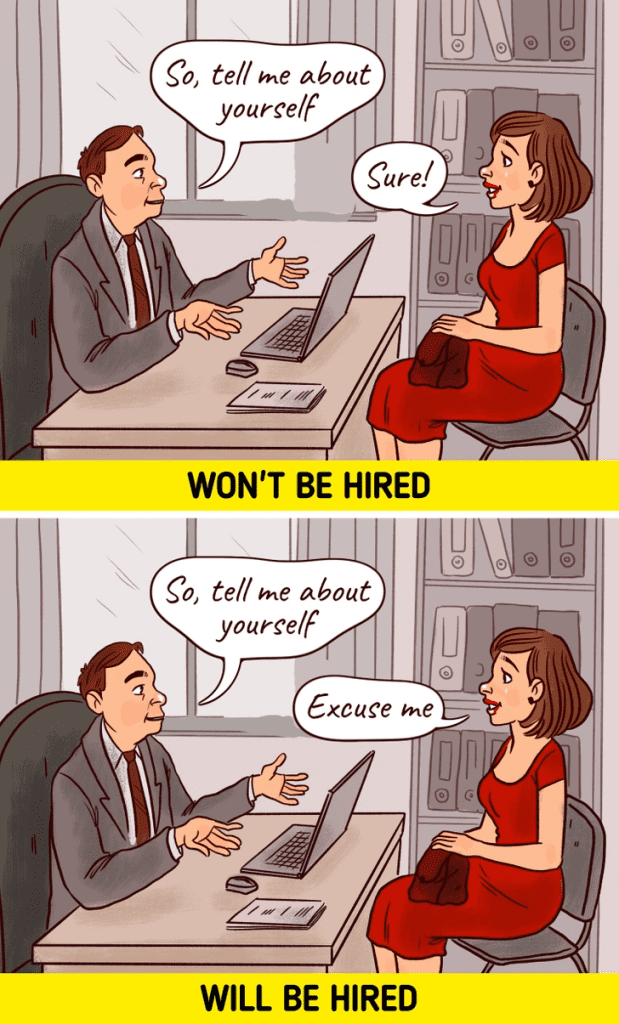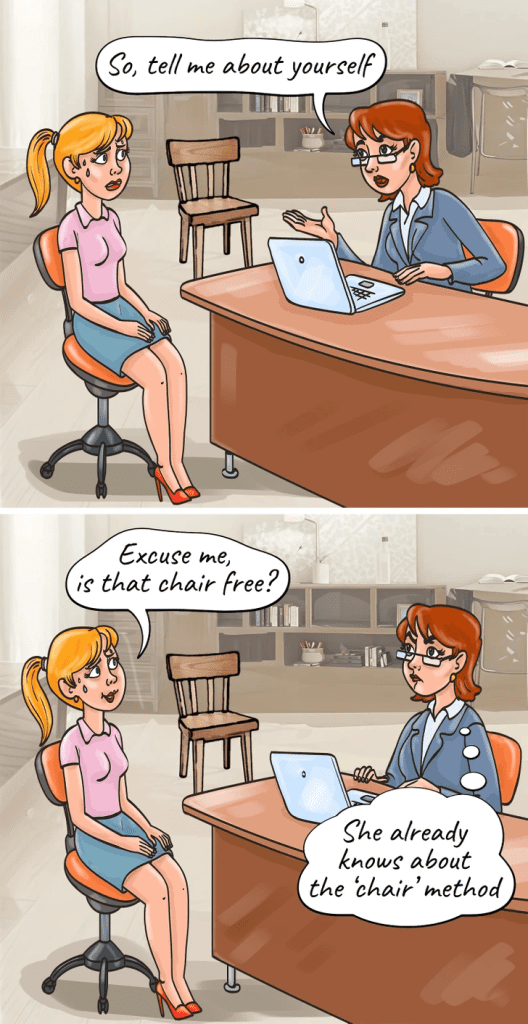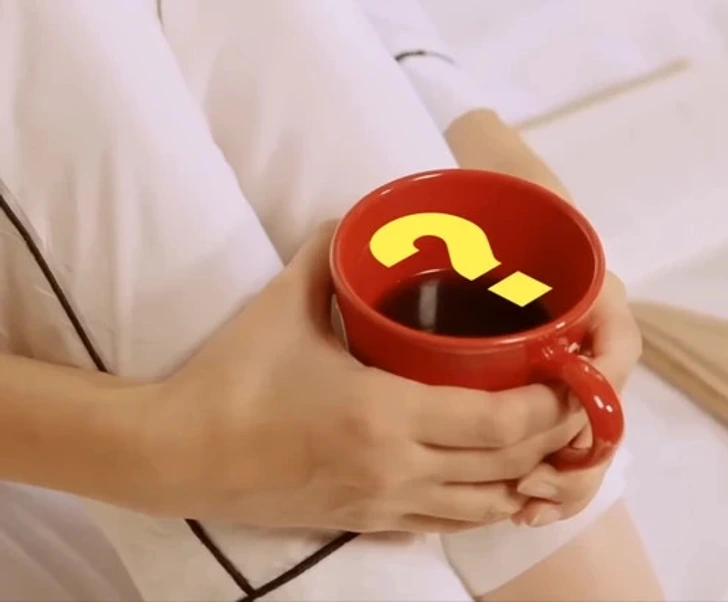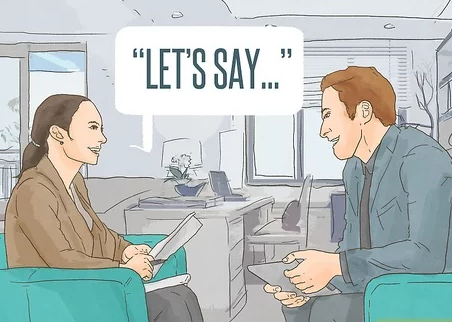When it comes to job interviews, most candidates prepare for the typical questions—strengths, weaknesses, career goals, and maybe even a curveball or two. But what many job seekers don’t realize is that some of the most revealing interview moments aren’t about what you say, but how you react. One particularly clever technique that hiring managers use is called the “Chair Test”—and chances are, you’ve never even heard of it.
This subtle interview tactic isn’t just a quirky seating arrangement—it’s a hidden psychological evaluation. It’s designed to test your attention to detail, self-awareness, and most importantly, your willingness to speak up when something’s off. If you’re not alert, it could be the quiet test that costs you the job.

What Is the Chair Test?
At first glance, it seems simple. You walk into the interview room, and there’s a chair positioned in front of the hiring manager’s desk. Nothing out of the ordinary, right? But here’s the catch: the chair is intentionally unstable or awkward.
Maybe one leg is shorter than the others. Maybe it wobbles every time you shift your weight. Meanwhile, a sturdier, more comfortable chair sits just a few feet away, often in the corner or against a wall.
Here’s how the setup typically works:
- A shaky or uneven chair is placed directly in front of the interviewer.
- A second, stable chair is positioned somewhere else in the room.
- The interviewer silently observes how you respond to the situation.
Will you sit in the wobbly chair and pretend nothing’s wrong? Or will you acknowledge the issue and ask to switch?
Video: Interview Question: How Would You Test A Chair? Warm Up Question for Software Testers
Why This Silent Test Matters to Employers
It’s not really about the chair. It’s about how you handle discomfort and whether you’re willing to take initiative to correct it. Employers love to see candidates who are observant, composed, and assertive in a respectful way. The Chair Test is designed to reveal three critical traits:
- Problem-Solving Skills – Do you accept a poor situation or find a better solution?
- Assertiveness – Are you comfortable addressing an issue professionally, even if it’s minor?
- Attention to Detail – Do you notice things others might overlook?
To many hiring managers, how you handle this tiny moment says more about you than a rehearsed answer ever could.
How to Handle the Chair Test Like a Pro

If you walk into an interview and the chair looks—or feels—unstable, take a breath. This isn’t the time to tough it out or pretend you’re fine. Instead, handle it the same way you’d handle a small workplace problem—with tact and confidence.
You could say something like:
“This chair feels a little unsteady—would it be alright if I used the other one?”
This type of response shows that you’re proactive, observant, and comfortable speaking up in a respectful way. It’s not confrontational—it’s practical. And in many cases, it can spark a positive impression right from the beginning.
The Interview Doesn’t Start When You Think It Does

While the Chair Test is one of the more subtle evaluations, it’s not the only one hiring managers use to gauge your character before the formal questions even begin. Here are two other “hidden” tests you might encounter:
1. The Coffee Cup Test
In some interviews, you may be offered a beverage—often coffee or water. Seems like a polite gesture, right? But once the interview wraps up, your interviewer may be watching closely to see what you do next.
Do you:
- Leave the cup on the desk?
- Ask where to dispose of it?
- Return it to the kitchen or tray where you got it?
Believe it or not, this small moment speaks volumes about your sense of responsibility and consideration for others. Candidates who clean up after themselves are seen as more thoughtful and team-oriented. It’s a test of social awareness—and it takes just seconds to pass or fail.
2. The Receptionist Test
Video: Job Interview Tips – Job Interview Questions and Answers
Sometimes, the real interview starts the moment you enter the building. A receptionist or front desk associate may be quietly instructed to observe your behavior before you ever meet the hiring manager.
They’ll note:
- Whether you say hello and make eye contact.
- How politely (or rudely) you treat staff who aren’t directly involved in hiring.
- How you behave while waiting—do you fidget, check your phone endlessly, or smile and stay present?
If you treat the receptionist dismissively but turn on the charm for the hiring manager, it’s a huge red flag. Companies want to hire people who are consistently respectful—no matter who’s in the room.
Why These Tests Are So Effective
What these methods have in common is simple: they reveal your authentic behavior when you think no one is watching—or when you’re caught off guard. Employers don’t just want someone who performs well under pressure—they want someone who operates with integrity, respect, and confidence in everyday interactions.
By incorporating these small “behavioral traps,” interviewers get a window into the kind of employee you’ll be once the job begins.
How to Stay Ready for Any Interview Curveball

The best way to navigate these subtle tests is to stay present, observant, and kind. Whether it’s a wobbly chair, a coffee cup, or a conversation with the receptionist, how you handle the small stuff is often a direct reflection of how you’ll handle bigger challenges.
Here are a few tips to help you stay ahead:
- Scan the environment when you enter the room. Take mental notes.
- Treat everyone you meet with the same level of respect. Titles don’t matter—attitude does.
- Be polite, but don’t ignore discomfort. Speaking up respectfully is a strength, not a flaw.
- Think before you act. Small gestures like tidying up or acknowledging a loose chair say a lot.
Final Thoughts: The Interview Starts Before You Sit Down
Interviews aren’t just about qualifications—they’re about fit. And fit isn’t just about experience. It’s about how you think, how you treat people, and how you adapt when things don’t go exactly as planned.
So the next time you walk into a job interview, don’t just focus on your resume or your elevator pitch. Pay attention to the chair. The cup. The receptionist. Every moment counts—and you might just be tested when you least expect it.


